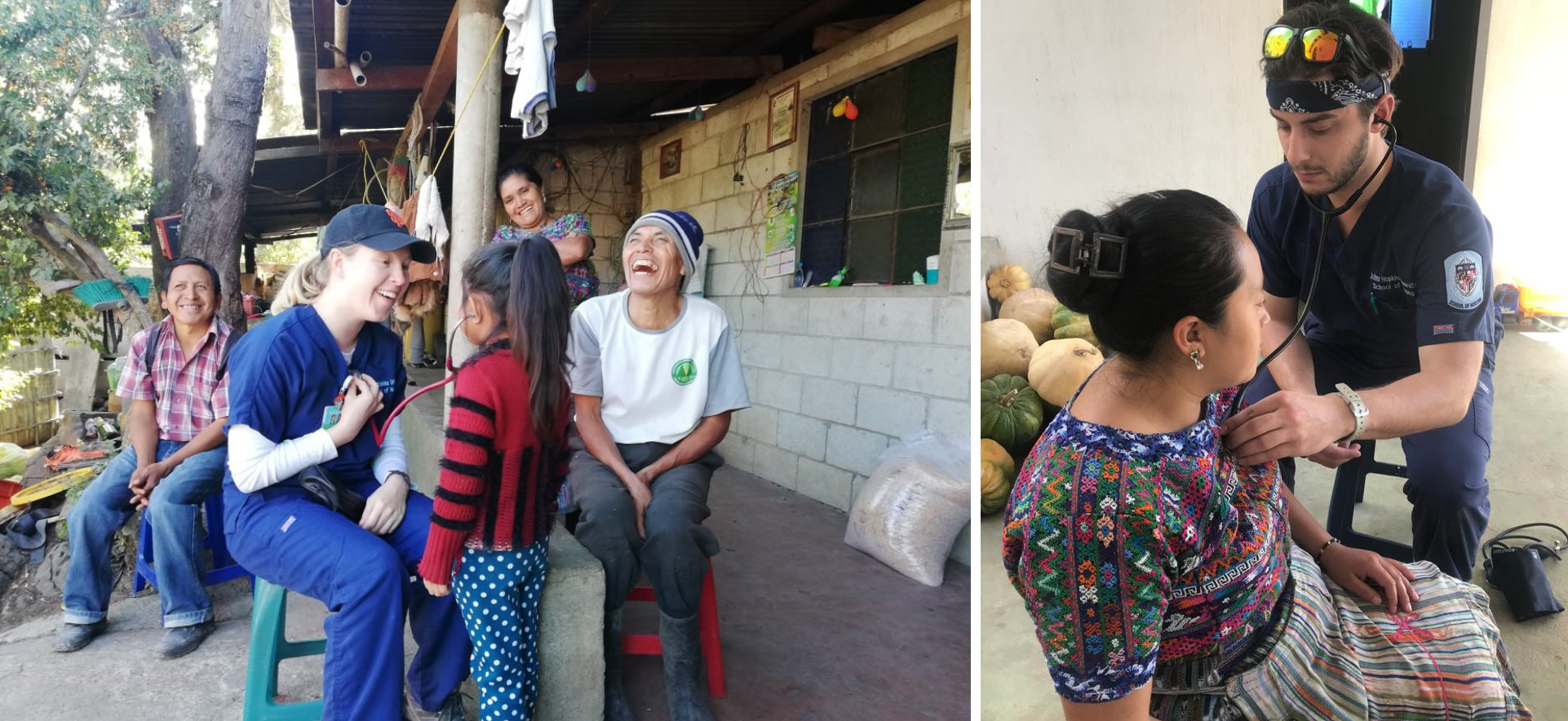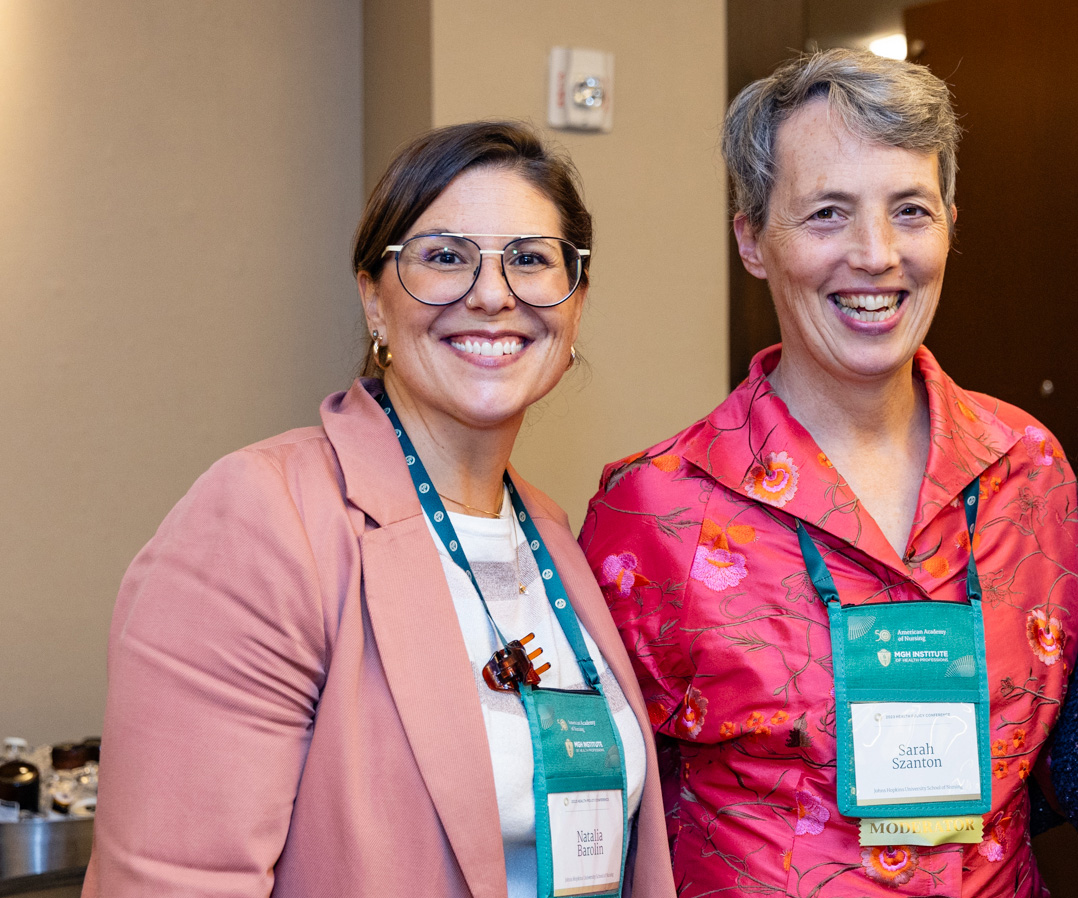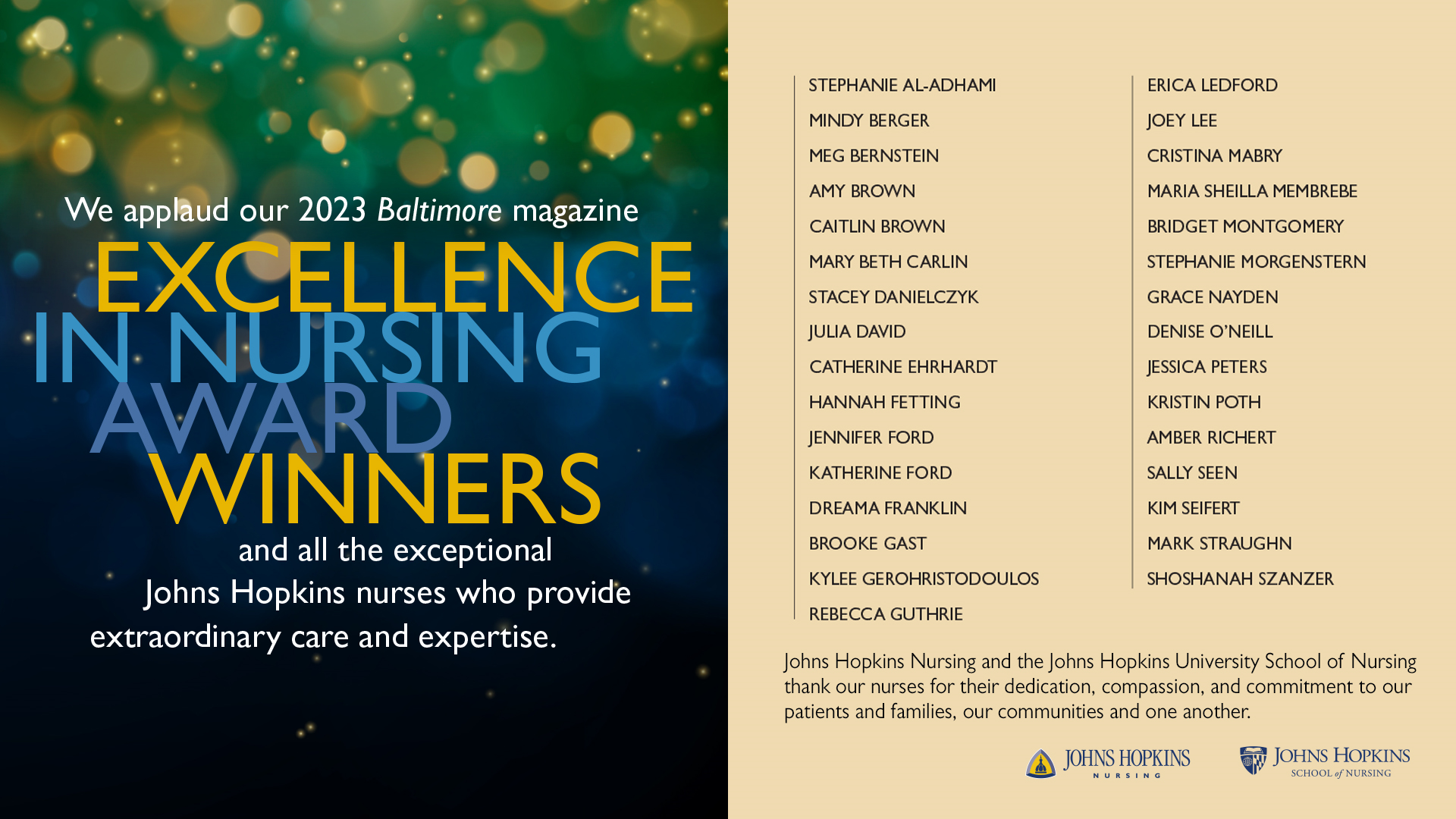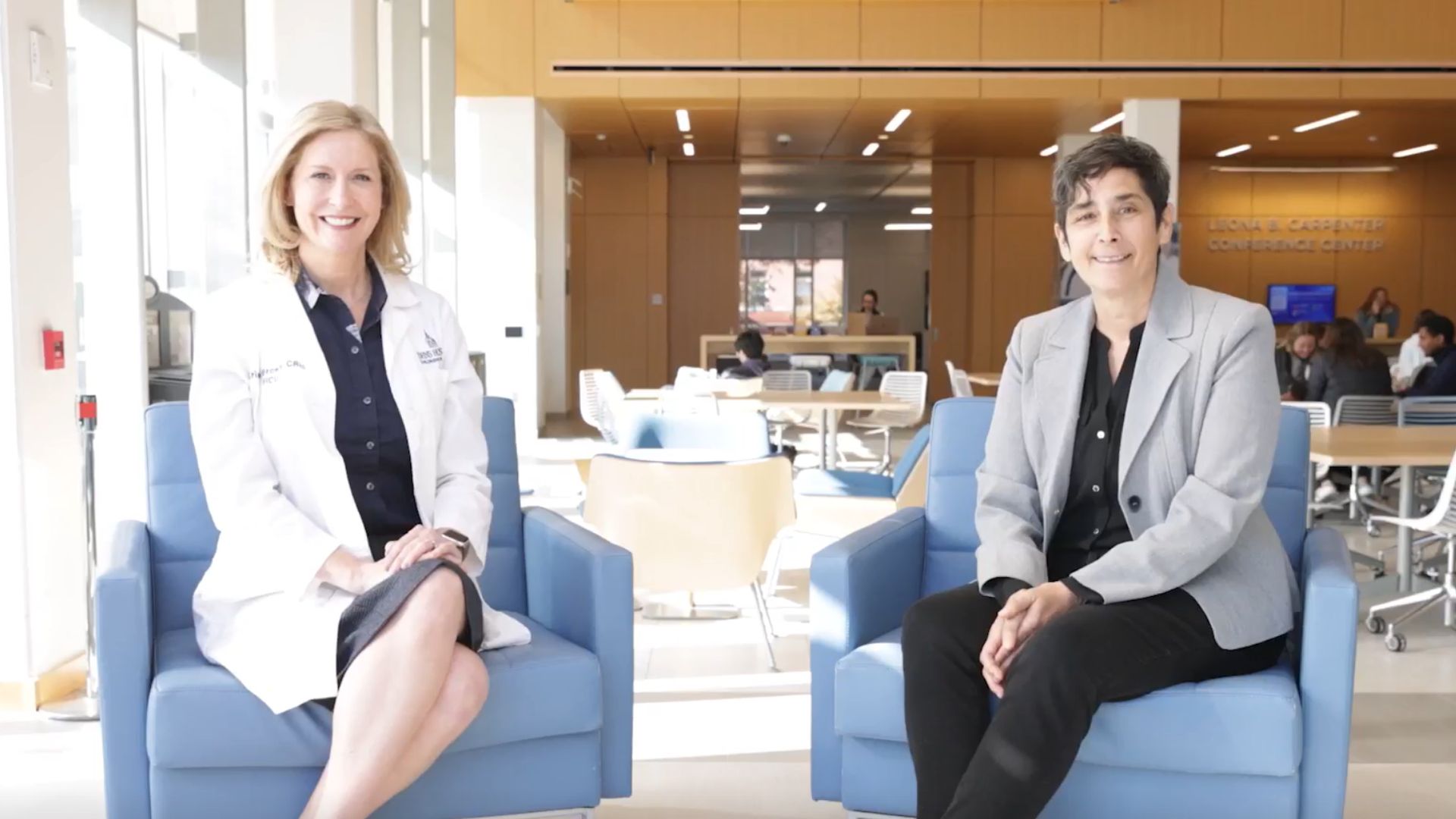If ever there were an event to let us know that predictions don’t mean much, the COVID-19 pandemic was it.
And yet, 2020’s predictions weren’t too far off. The pandemic threw into sharp relief the necessity of advanced practice nurses working in a primary care capacity, as Dr. Catherine Ling predicted, big data and AI took a turn into telehealth as we were forced to care at a distance, as addressed by Dr. Ken Dion and Dr. Catherine Horvath, and we worked harder than ever to address workforce burnout among nurses—Dr. Cynda Rushton’s vision.
What Nurses Need to Know: The 2020 Healthcare Forecast
Here are faculty predictions for 2021
AGING
Aging in the community rather than in nursing homes will become increasingly possible for older adults with difficulty functioning. Services and supports for daily living and human connection will be more available
CAPABLE, a program by Dr. Szanton and Johns Hopkins Center for Innovative Care in Aging, has been highlighted in President Joe Biden’s campaign as an innovative way to improve home and community based care and reduce costs of hospitalization.
TELEHEALTH
My clinic is still mostly closed with providers offering 25 percent of their services in clinic and 75 percent still through telemedicine. In some ways it’s been helpful for seeing patients that otherwise wouldn’t come in, and it’s much more convenient for the patients. The downside is that certain patients aren’t as adaptable with technology, and electronic medical record systems are not as well integrated with video conferencing capabilities and are less user friendly.
I think telemedicine is here to stay, but time will tell. For now insurers have expanded reimbursement exceptions to allow for practitioners to keep offering telehealth.
Michael Sanchez designed a telemedicine intervention to increase engagement and retention among HIV positive patients at his practice. The pilot was about to launch… when the COVID-19 pandemic broke out. And then the entire clinic needed it.
The Anatomy of a Hopkins Nurse: Michael Sanchez
SCHOOLS
School-aged children have been attending school virtually since March 2020. While some re-opened, albeit mostly private schools, many continue to keep their doors closed. As COVID-19 vaccines roll out, we can expect teachers and childcare providers to be prioritized for vaccination.
While it is uncertain how COVID-19 will evolve, we will certainly continue to see disparities in learning and access to in-person learning. Since most children, especially low-income children, depend on schools for meals and physical activity, we will likely see a rise in obesity and health issues. Nevertheless, 2020 has taught us that families, teachers, and children are resilient and will make a way out of no way.
Johns Hopkins Center for Community Innovation and Scholarship
CORONAVIRUS
We are nearing the one-year anniversary of the COVID-19 pandemic. Here are things to watch for from Dr. Jason Farley, who frequently offers expert advice to the media.
Vaccination
We must address and scale up vaccination distribution. To date there have been logistical challenges associated with refrigeration and allergic reactions—for example vaccine recipients must wait 15 minutes under supervision before leaving, which limits “drive through vaccination” options. We also must educate the public on what vaccination means in terms of social distancing and mask wearing. It’s not a “golden ticket,” we continue to recommend that persons who have been vaccinated follow the same precautions as pre-vaccination.
Variant strains
Right now, all eyes are on South Africa. We originally thought that the UK strain and the South Africa strain were the same, but new evidence suggest the South African strain is a different variant which contains three mutations in the spike protein that are increasing transmissibility. The key question now is whether or not this will impact vaccine efficacy. It does portend the potential for variants or mutations that could upend the currently approved vaccines.
The long haul
We are learning more each day about long term complications after COVID-19 recovery. This is an ongoing and emerging issue that we continue to learn more about with each passing month.
VIRTUAL SIMULATION
Using virtual simulation, we trained over 400 students with screen-based virtual simulation and more than 200 students in fully immersive virtual reality (VR) safely during the COVID-19 pandemic. We were able to conduct many exciting virtual events, as well as virtual objective structured clinical exams (OSCEs). We implemented multiple innovative digital strategies such as virtual simulation, virtual reality, and telepresence robots to bring our distance learners together across the country. Johns Hopkins simulation team will continue to expand the virtual simulation program to provide a fully immersive opportunity for every program, including the newly launched DNP Nurse Anesthesiology and DNP Pediatric Dual Primary/Acute Care Nurse Practitioner programs.
Virtual simulation using screen-based and VR platforms will continue to be a game-changer for nursing education. The COVID-19 pandemic has underscored the value of virtual reality and virtual simulation as schools pivoted to remote learning.
Amidst COVID-19, Virtual Reality Makes “Social Distancing” Simulation Possible
Read more:
- What Nurses Need to Know: The 2020 Healthcare Forecast
- Amidst COVID-19, Virtual Reality Makes “Social Distancing” Simulation Possible
- The Anatomy of a Hopkins Nurse: Michael Sanchez
- What Nurses Need to Know: Stroke and the Rise of Telehealth

 Guatemala Re-visited: Rainwater Project Shows Value of Service-learning Trips
Guatemala Re-visited: Rainwater Project Shows Value of Service-learning Trips Awards for Diversity
Awards for Diversity Seizing the Moment on Policy, Equity
Seizing the Moment on Policy, Equity 2023 Top Nurses
2023 Top Nurses From Health at Home to ICU, Pediatric Nurse Practitioners Talk About the Care Continuum
From Health at Home to ICU, Pediatric Nurse Practitioners Talk About the Care Continuum







